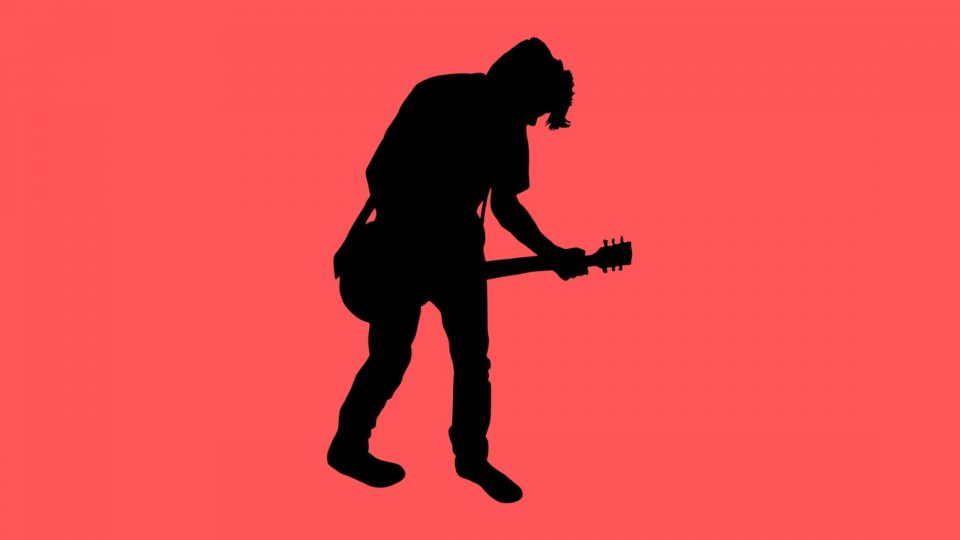Difference Between Gain and Volume
What’s the Difference Between Gain and Volume?
When we’re starting out in making music, we come across a lot of technical jargon that can be hard to decipher without the right help.
Sometimes it can feel like making music is like undertaking a science project. Terms such as lossy & lossless, sound pressure levels & noise floor are very technical subjects that can be hard to break down – until Mixxed.
This time we’re breaking down gain & volume, and why these two things are useful meters for your music production and why they are different.
Mixxed Mixer Tips
How Do I Measure Sound Pressure Levels (SPL) in My Music?
What Are Buses, Aux and Send Tracks?
Top 5 Metering Plugins to Masterfully Improve Your Tracks
What is Audio Volume Measured in?
Volume, on a very basic level, is the decibel output of your Soundsystem.
So, volume is the measurement of loudness (or just loudness itself) that you would use on your track after it finishing it. When you’re mixing down, volume is the level that your mixing and master buses receive, and from there to your output hardware like headphones.
When you’re having a great time DJ’ing in the club, volume is the measure of the loudness of the rig.
When you’re blasting your favourite tunes in the car to hype yourself up on the way there, volume is how loud your speakers can reproduce the signal.
Volume does not change the tone of the sound. It’s simply a knob or fader that makes the audio louder or quieter.
What is Audio Gain?
Gain, however, is a little bit different. It’s more complicated, but we’re going to break it down for you.
Often used interchangeably with volume, the gain is the level of a signal before any processing. Volume is the level of a signal after processing.
Raising the level of a signal after processing won’t change the tone, but raising the level before any processing will.
Since the age of digital sprung up, gain has begun to mean different things. It’s used interchangeably with volume, however wrong this may be. But in the age of analogue, gain only referred to microphone preamps and guitar amps.
Gain on a microphone preamp raised the input level of the mic. This affected how the analogue technology in the mixing desk or recording console would have interacted with it.
On a guitar amp, gain raised the input level of the guitar. A fun little twist with guitars is that some featured both gain & volume knobs.
This meant you could overload the signal by sending a ton of input gain into the amp, whilst also keeping the output fairly quiet via the volume knob.
If you’re a guitar player, you might already recognise this process. By overloading the amp with so much gain that the speaker can’t process it properly, you’re creating guitar distortion.
This is why gain can also mean distortion.
So, in the digital age, gain has three meanings:
- How loud the input is
- Another word for volume (particulalry on compressor plugins, you may see “volume” rather than “makeup gain” knobs)
- Distorion

What is Gain Staging? A Summary
Okay, so we’ve laid the foundations and built the house. Now it’s time to build the roof.
Gain staging is the process of ensuring your sound has a consistent dB level through its processing chain.
In other words, it’s making sure the level going into the channel is the same as the level coming out of the channel.
Our ears perceive loud sounds as “better” when compared to softer sounds. Because of this bias by our ears, gain staging is important because it allows us to make the gain consistent from plugin to plugin. If we didn’t use the process of gain staging and went nuts, we wouldn’t be able to tell if any of the plugins were actually making a difference or just making the sound louder.
Do you see why this would cause problems for us because of our dang ears? It makes our judgement much less accurate.
Every plugin that you use requires gain staging. EVERY SINGLE ONE.
If you use a compressor, use makeup gain to gain stage (turn up the volume) and fill in for the lost sound.
If you’re eliminating frequencies with a filter or an EQ, you’ve probably reduced the level going out of that plugin. So, use the output gain/volume knob to make up for the lost levels. This, my friend, is gain staging.
On the flip side, a distortion plugin will make your sound a lot louder. So, use the output volume/gain knob to bring the output level of that plugin back down.
You may well find that gain staging is what is holding you back from creating a super fun, professional, mixdown. It’s equally important to gain stage your recordings.
